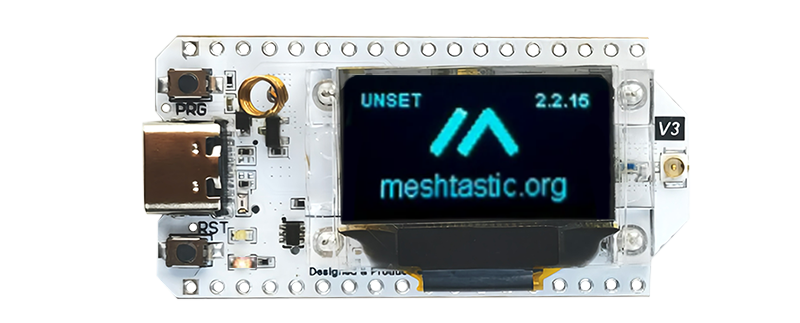Meshtastic on LoRa32: Off-Grid Communication
Exploring LoRA and Meshtastic as an out-of-band communication method.
Understanding LoRa Technology
LoRa (Long Range) is a wireless communication protocol designed for long-distance, low-power transmissions. It's ideal for IoT applications and in scenarios where devices need to send small amounts of data over considerable distances with minimal battery usage.
At its core, LoRa utilizes a unique modulation scheme known as Chirp Spread Spectrum (CSS), which, unlike conventional modulation techniques, varies the frequency of radio waves for transmission, providing an exceptional combination of long-range reach and minimal power consumption. This capability allows for data transmission over distances up to 10-15 kilometers in rural areas and 2-5 kilometers in urban settings, which is notably farther than traditional wireless systems.
LoRa operates on unlicensed frequencies, eliminating the need for expensive licensing, and it's built to accommodate a large number of nodes in a network, making it scalable and effective for diverse IoT applications. Incorporating end-to-end encryption addresses the increasing security demands in the IoT field. These applications span from environmental monitoring in remote regions to essential smart city infrastructure, where establishing long-range, low-power communication networks is vital.
The LoRa32 V3 Board in Detail
The LoRa32 V3 board is equipped with an ESP32-S3 chip, offering both WiFi and Bluetooth connectivity. This board is unique for its inclusion of an SX1262 LoRa module, making it well-suited for projects requiring long-range communication, and it features an OLED display for real-time data visualization.

Meshtastic
Meshtastic is an open-source project and platform that provides long-range, low-power, and decentralized communication for personal or group messaging, GPS tracking, and various other data exchange applications. It utilizes off-the-shelf, inexpensive hardware along with the LoRa (Long Range) radio technology to create a mesh network. This mesh network allows devices to communicate directly with each other, bypassing the need for centralized infrastructure like cellular networks or Wi-Fi routers. Meshtastic devices can form ad-hoc networks, enabling communication over long distances without the need for internet connectivity or cellular service. The project aims to provide a reliable and versatile communication solution, particularly in remote or off-grid areas, outdoor activities, and disaster response scenarios.
- LoRa Hardware: Meshtastic relies on LoRa-enabled hardware, such as ESP32-based devices or other compatible boards equipped with LoRa transceivers.
- Mesh Network Formation: When Meshtastic devices are powered on and within range of each other, they automatically form a mesh network. This mesh network allows devices to communicate directly with nearby devices, even if they are out of range of the original sender by extending the range even further.
- Connectivity: Meshtastic devices include Bluetooth capabilities. When you want to interact with the Meshtastic network, you pair your phone with one of the Meshtastic devices via Bluetooth. This allows you to use the Meshtastic app on your phone to send and receive messages, view GPS location data, and configure settings.
- Message Routing: When you send a message from your smartphone using the Meshtastic app, the message is transmitted via Bluetooth to the paired Meshtastic device. The Meshtastic device then relays the message through the mesh network to its destination. If the destination device is out of range, the message can hop through intermediate devices in the mesh until it reaches its destination.
- GPS Tracking: Meshtastic devices can also transmit and receive GPS location data within the mesh network. This allows users to track the location of other devices in the network, either in real-time or by periodically broadcasting their GPS coordinates.
Follow Meshtastic's guide to flash the firmware to the LoRa board.
Applications
- Off-Grid Communication: Useful for environments lacking cellular service.
- Smart Home Integration: Can be employed to connect various sensors or devices around the home.
- Agricultural Monitoring: Suitable for tracking conditions in remote areas of farms.
- Local Community Networks: Useful for creating local networks for community-based projects.
Conclusion
The use of LoRa32 V3 with Meshtastic represents an accessible entry into the world of IoT, smart home connectivity and OOB communication, with a long-range, low-power wireless device.